How to easily elevate your interiors with ceramics, according to designer Cortney Bishop
Designer Cortney Bishop talks us through the transformative effects of ceramics
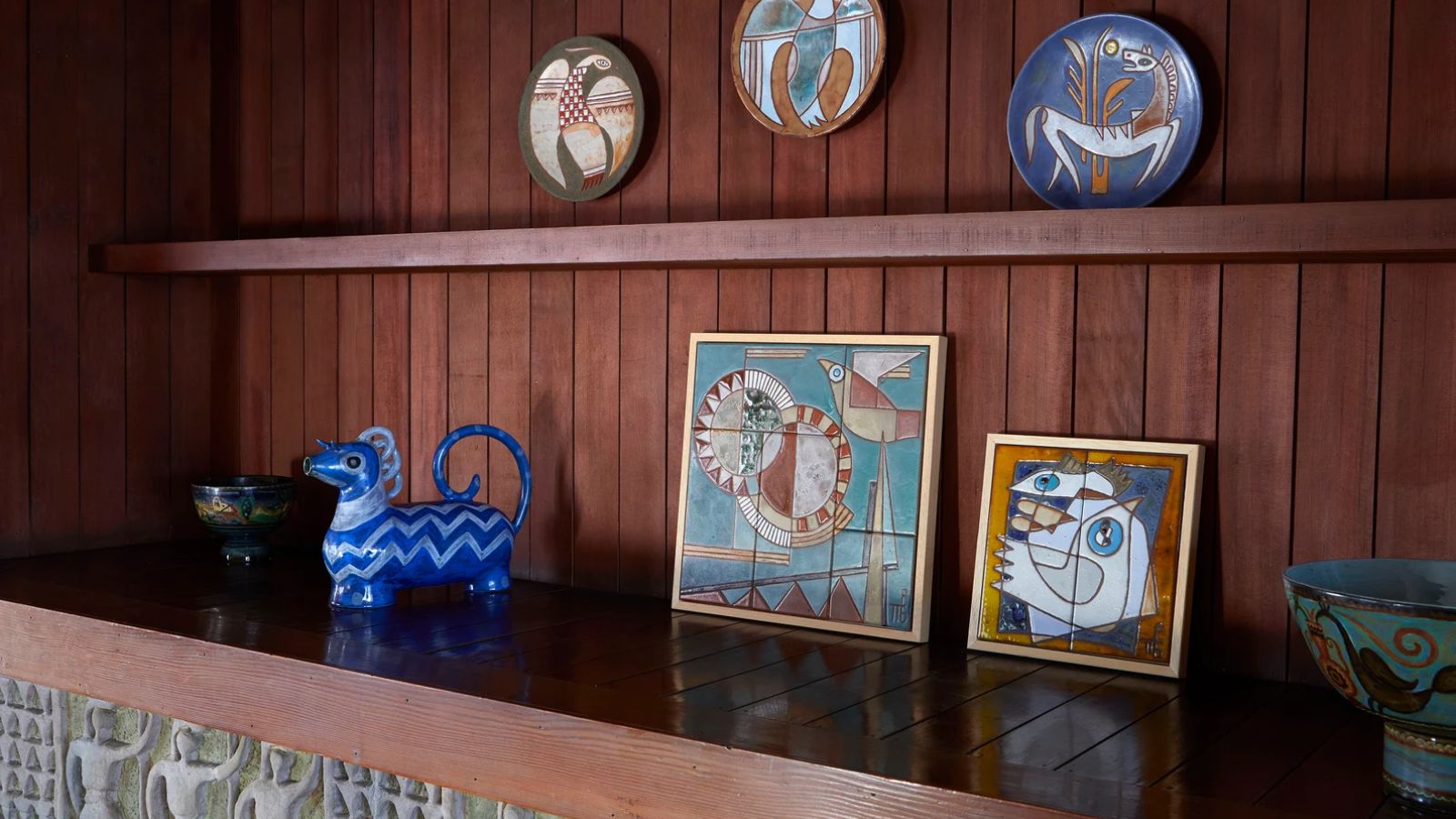

When it comes to design, ceramics are an unsung hero, offering both visual interest and a touch of earthen luxury. From quaint country homes to sleek modern spaces, the right ceramic piece can be transformative, pulling together various elements of a room into a cohesive, captivating look.
The ageless appeal of ceramics is deeply rooted in historical traditions and evolving interior design styles. Among the most influential periods for me are the works of the mid-century French ceramic movement.
Ceramics carry an inherent depth and richness, owed in part to artistic visionaries like Gilbert Valentin and Roger Capron. Valentin's work brought forth a unique play on robust forms and abstract decorations, introducing an entirely new aesthetic vocabulary. On the other hand, Capron's inventive use of earthenware and enameled lava tiles for furniture and fixtures was revolutionary.
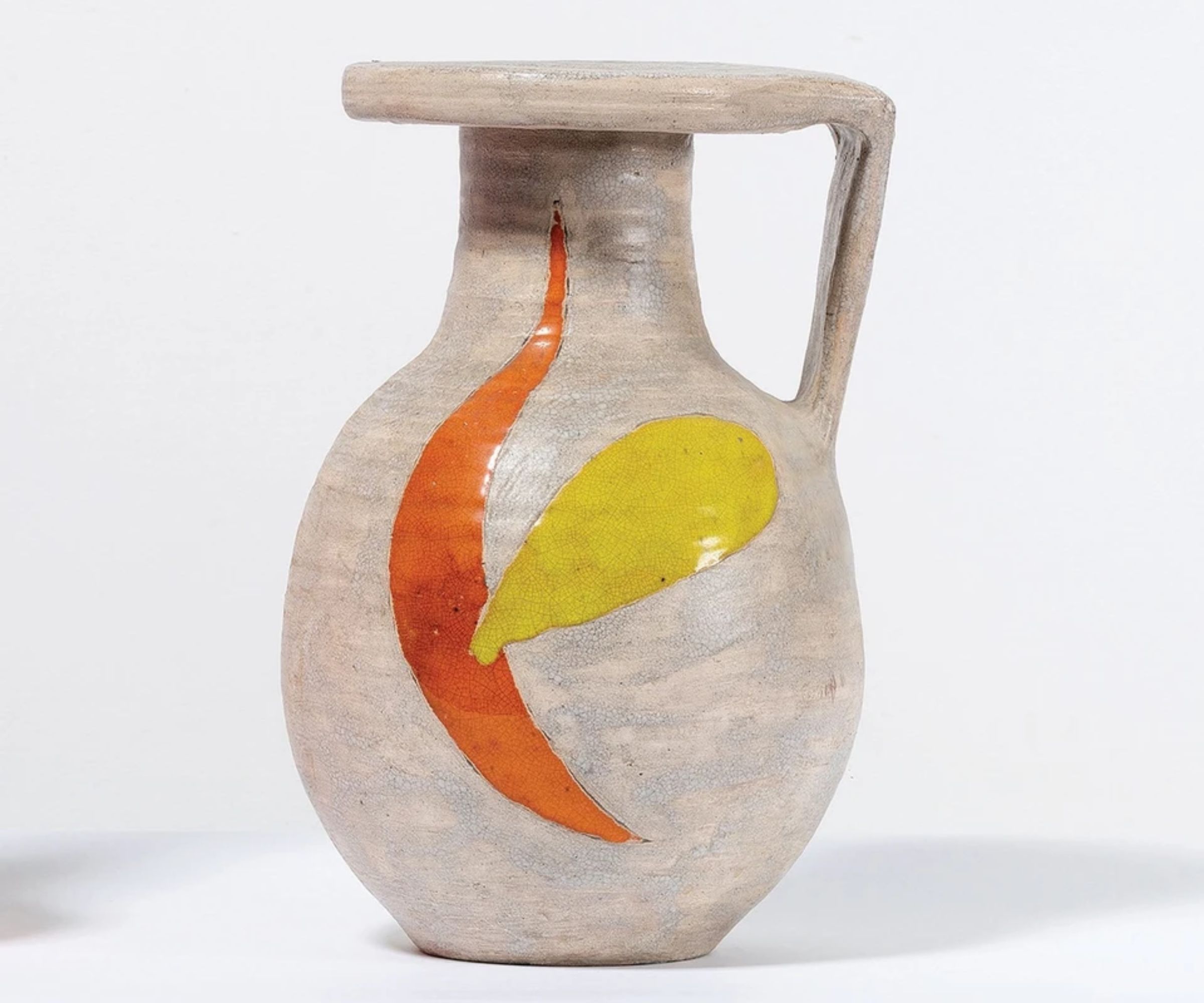
While these artists' backgrounds are compelling, their contributions to ceramic design have created a legacy that modern designers can draw upon to create dynamic, enriched spaces. The strength of ceramics lies in their adaptability.
Valentin's techniques, for instance, lend themselves beautifully to contemporary spaces, introducing an organic, tactile contrast to sleek, modern design elements. Combining modernist colors and geometric forms that can be inserted into contemporary rooms. Similarly, Capron's functional approach to ceramics, with its emphasis on semi-industrial production, makes these pieces perfectly suited for a range of interiors from minimalist to maximalist.
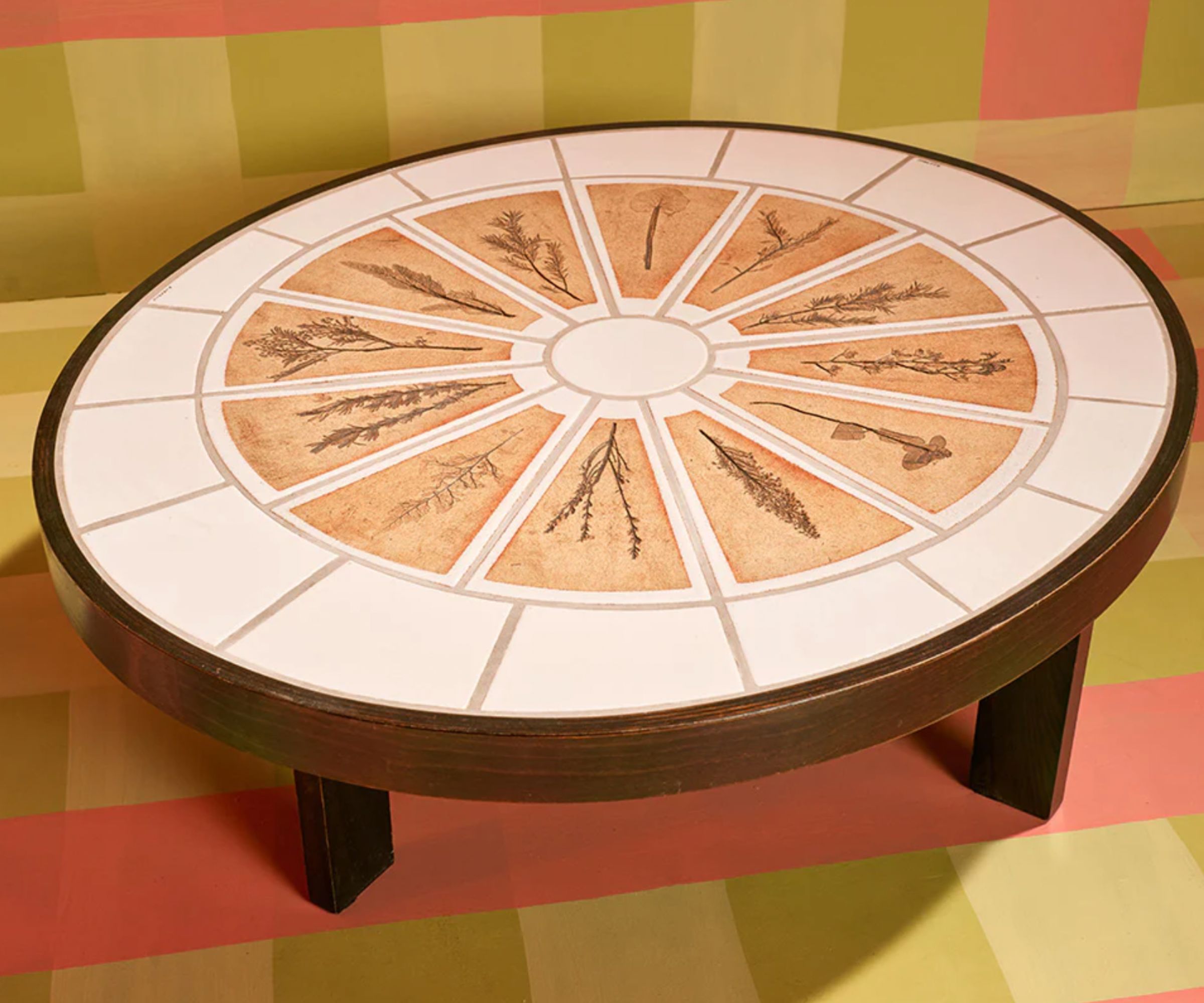
We used a beautiful Capron table in our album 3 collection, allowing the nude, muted glazed tile to soften a maximalist color pallet. There's something irresistibly luxurious about the natural elements in ceramics, whether you're integrating a statement vase with bursts of color or a decorative tile panel as a vibrant wall feature.
These pieces serve as a material counterpoint to glass, metal, and textiles, offering a tactile richness that is pleasing both visually and sensually. It’s not merely about inserting a ceramic piece into a space, but understanding how that piece fits in with its surroundings, including light, textures, and hues. This is where the real enchantment lies: in the interaction between the ceramic art and the space it occupies.

Whether grand or subtle, these earthen masterpieces can be versatile fixtures, transitioning effortlessly from functional pieces to art installations. What thrills me most about incorporating ceramics into my designs is their ability to create a narrative.
Each ceramic piece, whether a rustic terracotta pot channeling Provencal charm or a polished ceramic lamp recalling mid-century sophistication, carries its own story. These narratives add layers of dimension to your spaces, rendering them not just aesthetically pleasing, but emotionally resonant. I use ceramic in some form in almost all my projects.
Ceramics bring an invaluable layer of texture, history, and tactile luxury to interiors. Drawing from the innovations of past masters while eagerly embracing modern design principles, ceramics are a versatile and enduring choice for any designer, adding both visual interest and a timeless quality of earthen luxury.
Sign up to the Homes & Gardens newsletter
Design expertise in your inbox – from inspiring decorating ideas and beautiful celebrity homes to practical gardening advice and shopping round-ups.

Cortney Bishop, principal design and owner of Cortney Bishop Design, founded the full-service interior design firm in 2007. She holds a BBA in business marketing from the University of Georgia, and pursued her design career by blending her passions for travel, art, fashion and music. Her wide-ranging talent and innate ability to mix patterns and hues has resulted in a robust portfolio of diverse, inspiring residential and commercial projects, each reflective of a client’s lifestyle, personality and aesthetic. Cortney regularly contributes to Homes & Gardens.
-
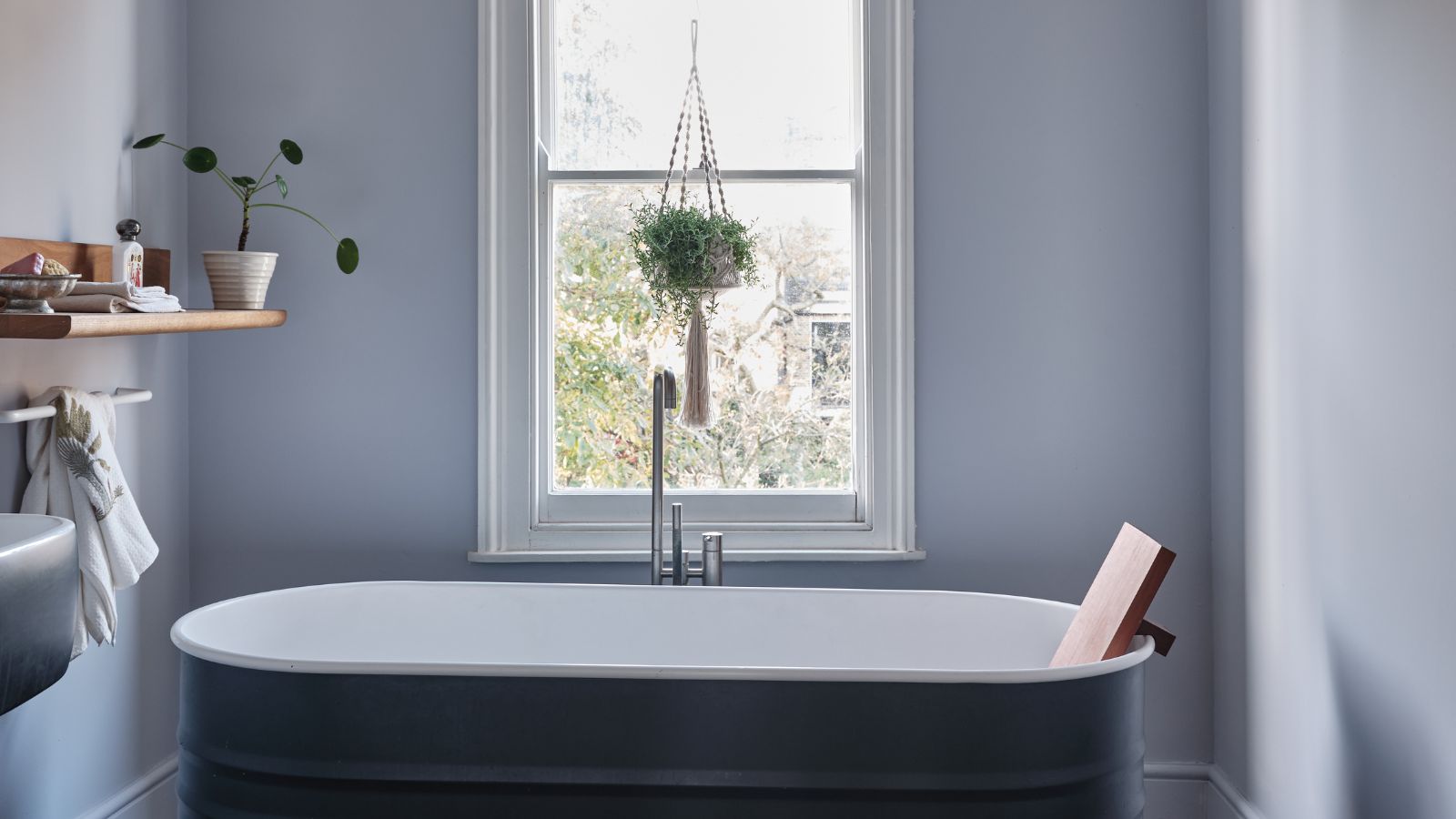 Bathroom colors going out of style in 2025 – and the designer-approved shades to decorate with instead
Bathroom colors going out of style in 2025 – and the designer-approved shades to decorate with insteadThese are the colors to swerve in your bathroom decor if you want to create a stylish and design-led space, according to experts
By Emily Moorman
-
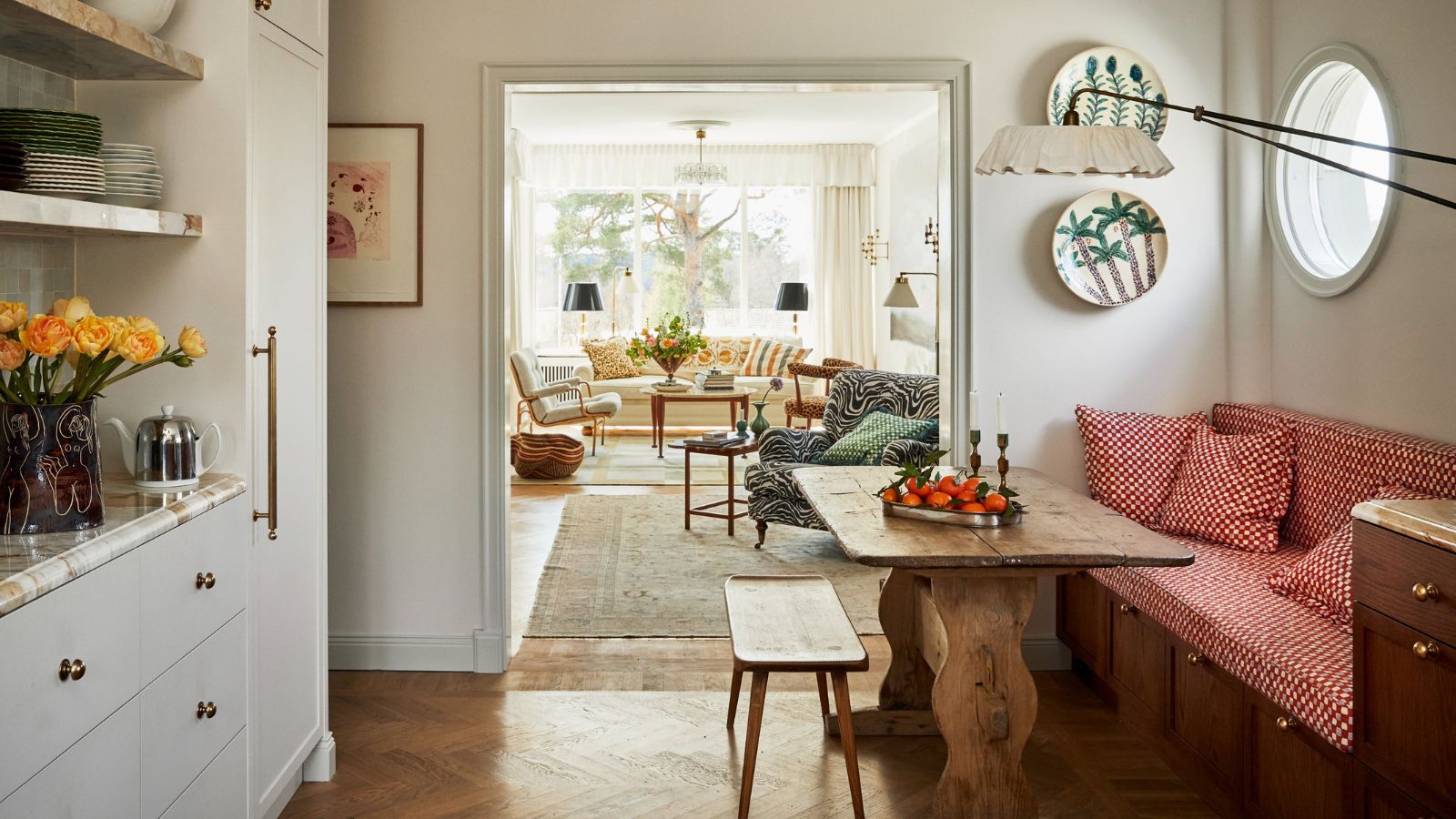 I swear by the ‘ETC’ method to prevent clutter and save money – my expert-backed checklist is transformative
I swear by the ‘ETC’ method to prevent clutter and save money – my expert-backed checklist is transformativeNow I Edit The Cart and save time, money, and energy
By Chiana Dickson